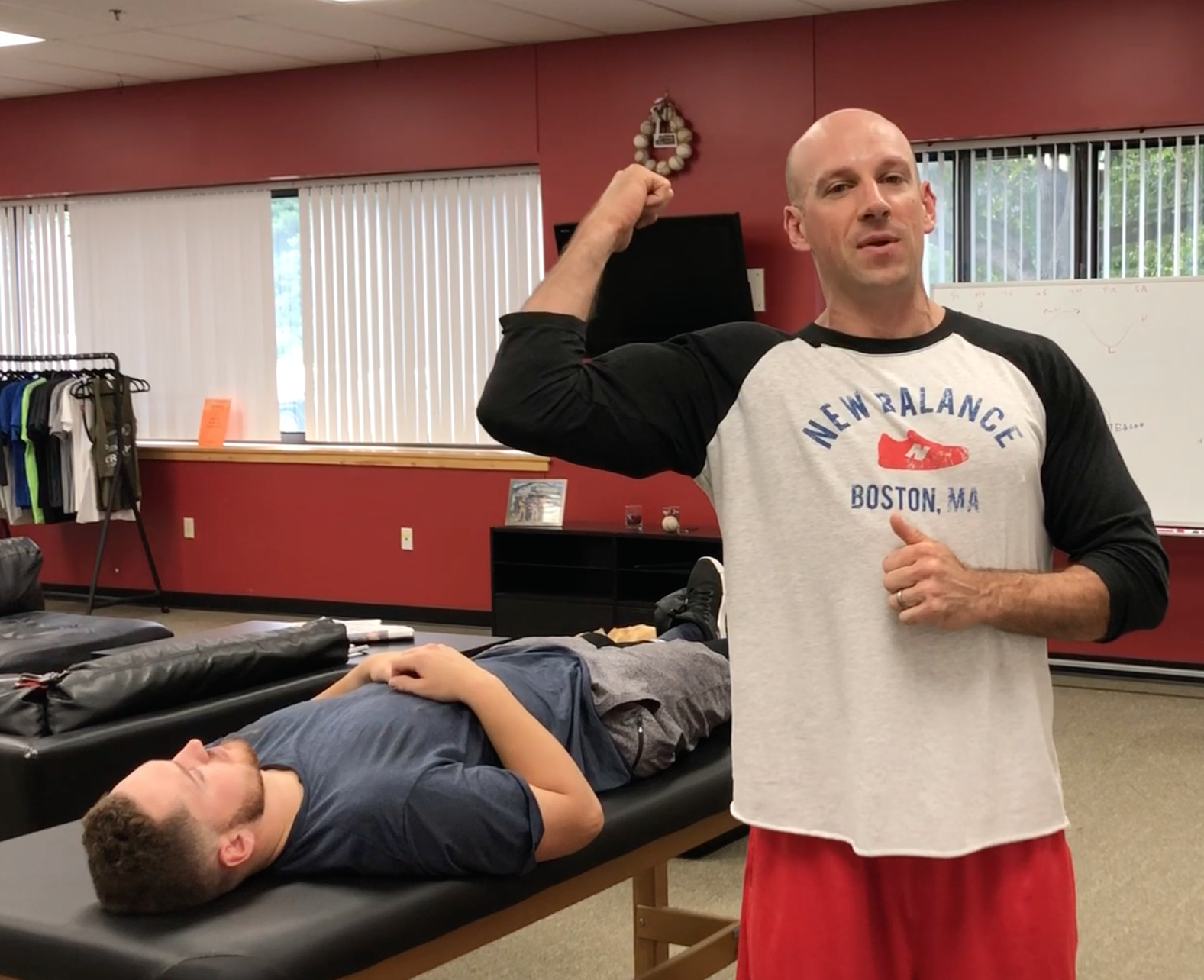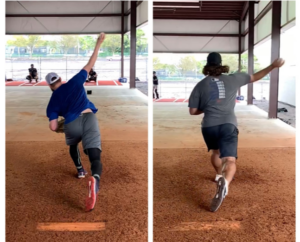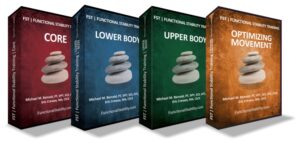
Making Movement Better: Positions vs. Pressures
About 15 years ago, I attended a two-day course with Dr. William Brady, a well respected chiropractor and manual therapist in the Boston area. During the event, he said this:
“Biomechanics is a combination of physics and biology. Put another way, it is the study of load applied to human tissue.”
It was the most succinct and encompassing definition of biomechanics that I’d heard, so I frantically scribbled it down in my notes – and I’ve had it in the back of my mind to this day each time I’ve evaluated movement.
Assessments are very important. However, they’re always limited in their scope, especially when an assessment is scaled back to a quicker “screen.”
Just because someone has good passive range of motion on a table doesn’t mean that they’ll be able to pick that ROM up actively or demonstrate it in a weight-bearing athletic movement at higher speeds with higher forces.
Further, just because they look good at higher speeds with higher forces doesn’t mean that there isn’t an element of stress in the system that we can’t appreciate.
And finally, that stress may be highly variable based on a wide variety of factors, both intrinsic (e.g., accumulated fatigue, growth spurts) and extrinsic (e.g., environmental conditions, terrain).
Tons of athletes can get to positions like this, but how many can do so safely – and repeatedly?
When I talk with athletes and review video, I always make sure that I’m discussing both positions and pressures. Range-of-motion is part of the discussion, but ground reaction forces and how we create stiffness via airflow/intra-abdominal pressure, neuromuscular recruitment, and the fascial system can’t be overlooked.
This is why the industry-wide trend toward more comprehensive information gathering is invaluable. We’ve always had our classic orthopedic posture and ROM tests, usually paired with less-than-functional dynamometer strength measurements and some provocative tests to rule out the bad stuff. Now, though, we’ve got things like force plates to look at how we interact with the ground. And we’ve got the Proteus, which I’ve called a “rotational force plate” to help us determine how those ground reaction forces eventually work their way up the chain.
We’ve got far more tools for evaluating body composition, sleep quality, heart rate, fatigue status, workload, and much, much more. So, it’s a very exciting time – but only if we appreciate that both positions and pressures matter.
Many of these principles are espoused in Mike Reinold and my Functional Stability Training series, so I’d encourage you to check them out if you’d like to dig deeper.




